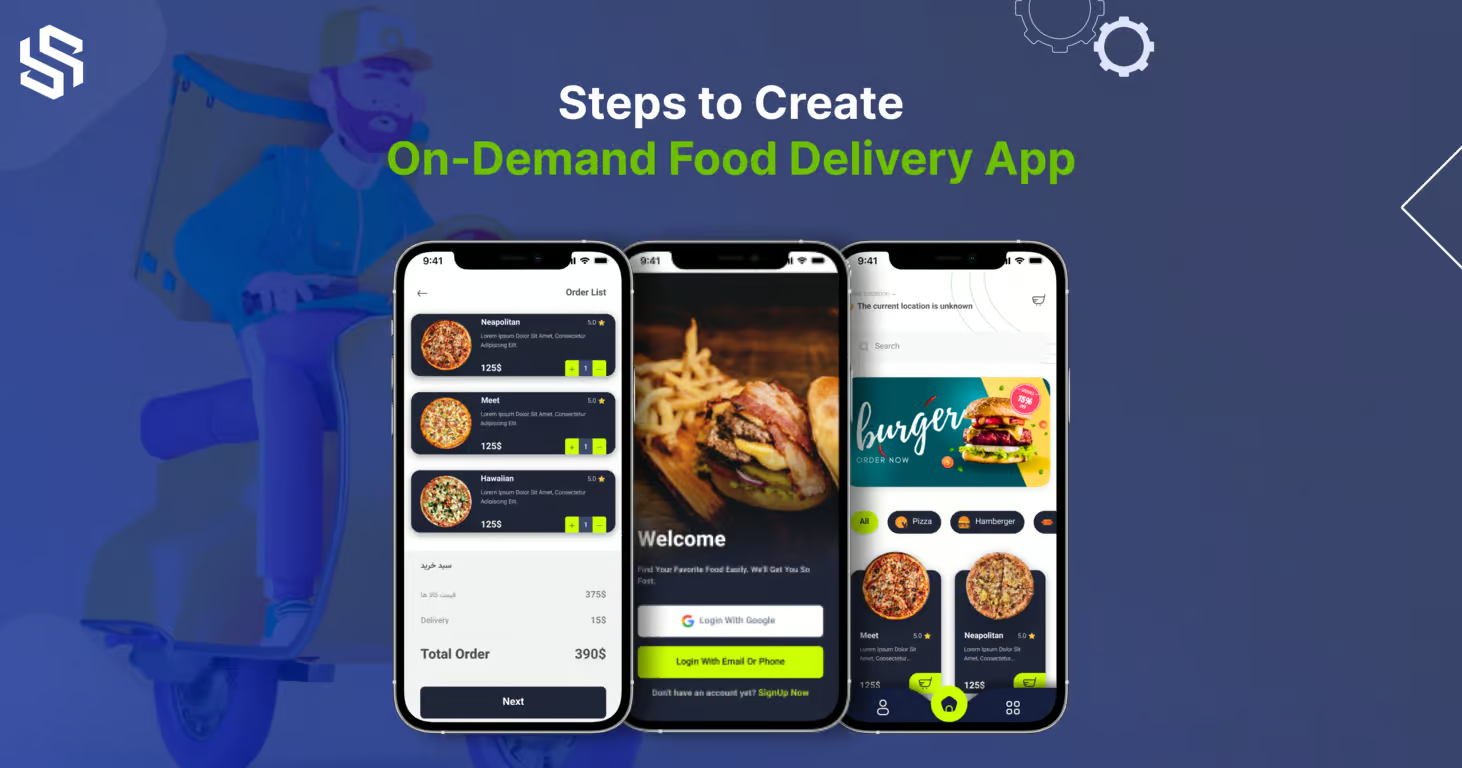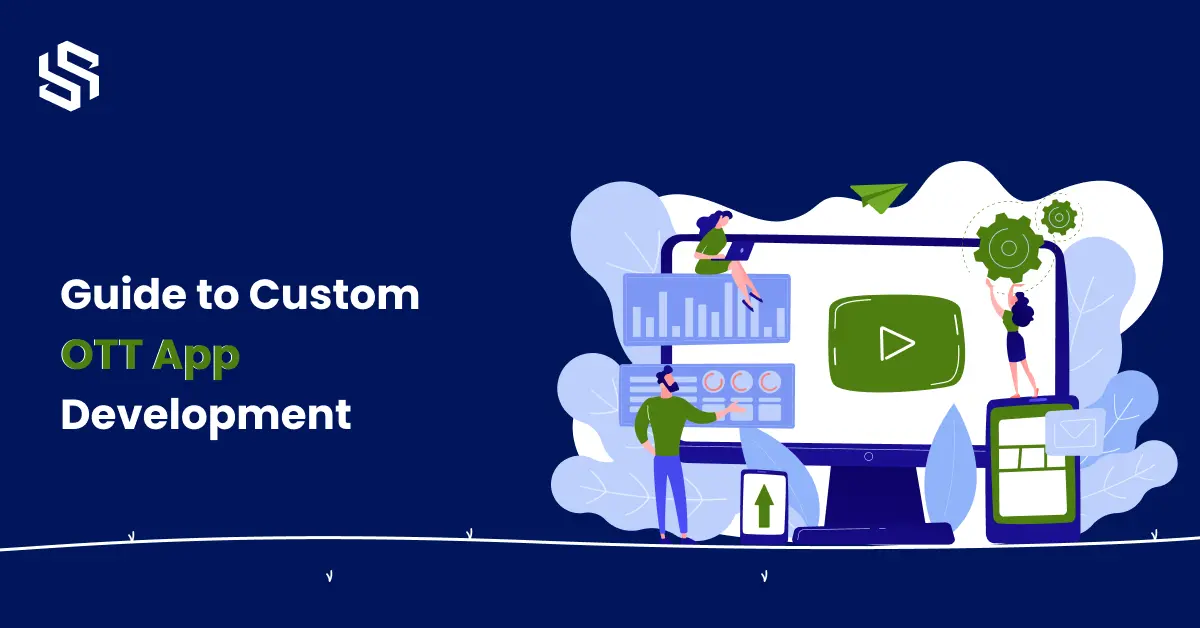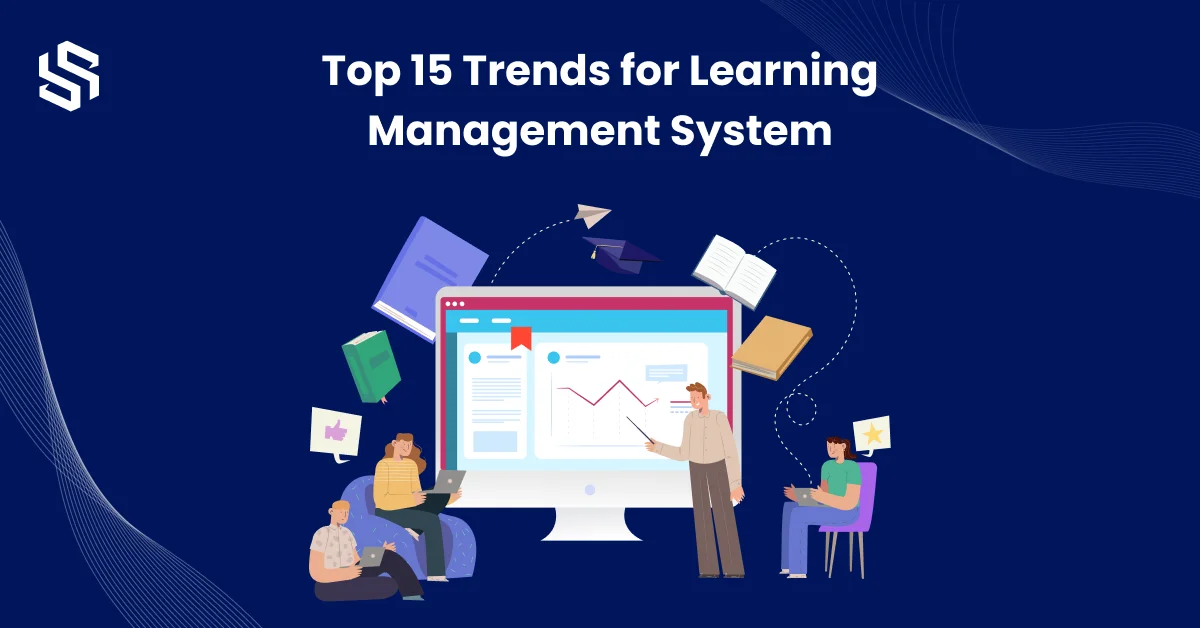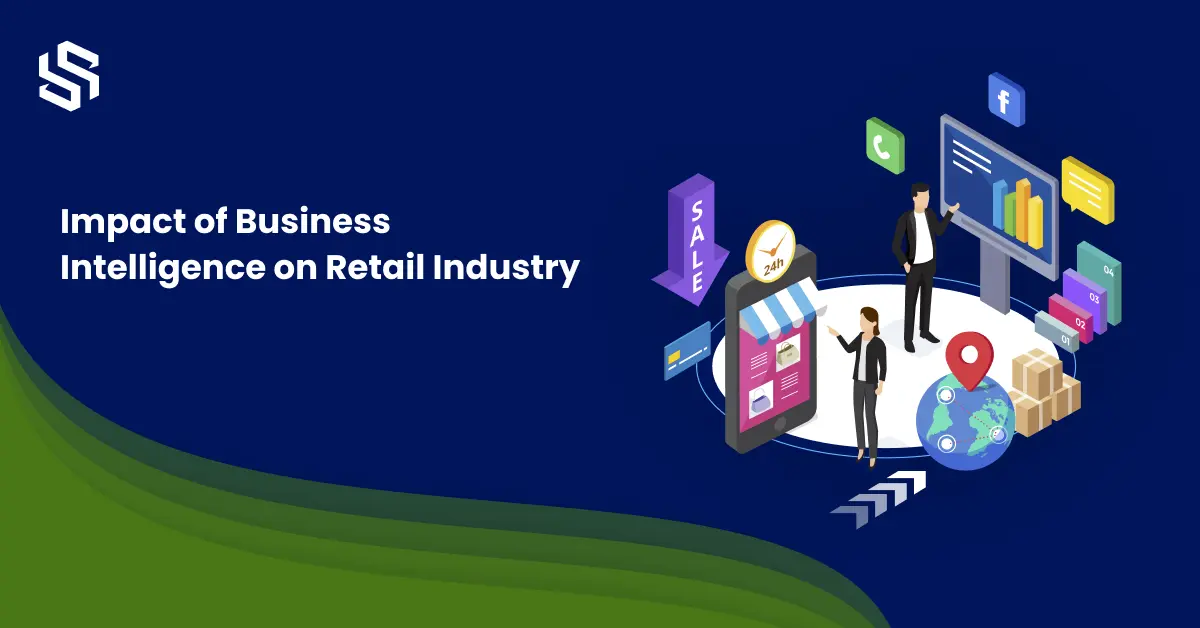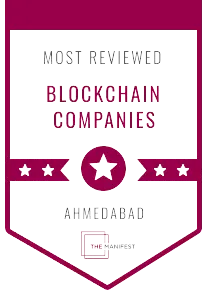In recent times, the demand for on-demand food delivery apps have seen a significant increase. With the rise of technology and the convenience it provides, people are now turning to these apps as a quick and easy solution for their food needs.
The ease of ordering food from the comfort of your own home, and having it delivered to your doorstep, has made these apps a popular choice among consumers. From big chain restaurants to small local businesses, from developed nations to developing nations, these apps have made it easy for customers to order food from a wide range of establishments.
The convenience, speed, and variety of options offered by these apps have made them a go-to choice for people of all ages and backgrounds. With the demand for on-demand food delivery apps on the rise, it is clear that this trend is here to stay.
In this blog, we’ll explore how you can create your own on-demand food delivery app, how food delivery app works and start your own business.
- In 2023, the market for online food delivery is expected to generate US$0.91 trillion in revenue.
- Market volume is anticipated to reach US$1.45 trillion by 2027, with revenue expected to grow at a 12.33% CAGR from 2023 to 2027.
Do you now realize the growing demand, there are already a few food delivery apps like Seamless, Ubereats, GrubHub, DoorDash, Swiggy, Zomato, Postmates, and many more giving tough competition. You too can reach that level and be like them by showing a record-breaking performance by developing a mind-blowing app with the right strategies and measures.
As a leading web and mobile development company, our experts can help you with your own food delivery app development.
Let’s now dive into the steps required to take, in detail.
Types of Business Models for Food Delivery Apps
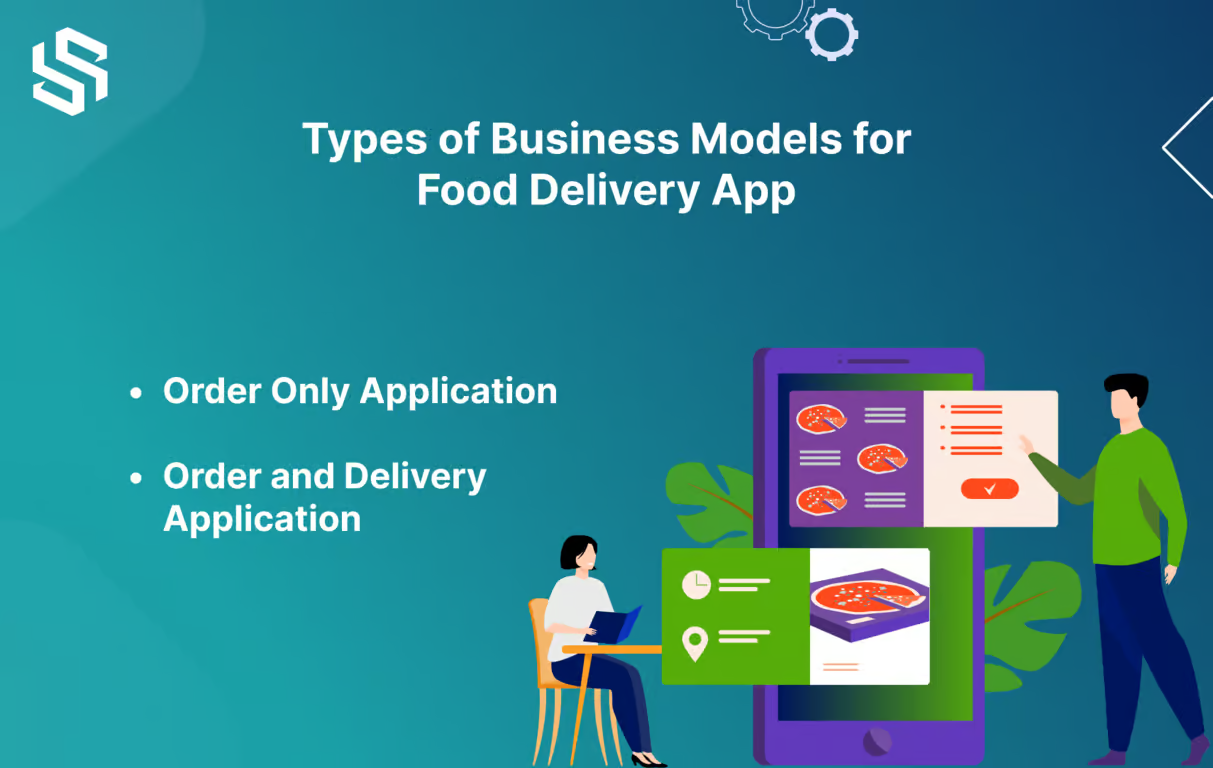
1.Order Only Application
Before creating a food delivery app, it is important to understand its business model and how it works. Essentially, the app acts as a middleman between customers and restaurants, taking orders and forwarding them to the merchant. The merchant, in turn, is responsible for arranging transportation and delivering the orders to customers.
One of the main ways that food delivery apps generate revenue is by charging a commission on the total order value from the restaurants. This commission can range from 10% to 30%. This means that for every order placed through the app, the restaurant pays a percentage of the order value to the app.
It’s worth noting that the food delivery app market is highly competitive. Many companies are entering this segment of the market, which can make it difficult to stand out. However, many companies start small by offering a single solution, such as delivery or pickup, and then scale up as they grow to cover other areas of the market.
Examples of companies that have been successful in this industry include GrubHub and DoorDash. Both of these apps allow customers to place orders from local restaurants and track the status of their delivery or pickup through the app.
2.Order and Delivery Application
Applications like UberEats and DoorDash are examples of orders plus delivery food applications. These types of apps allow users to not only place an order from local restaurants but also provide the convenience of delivery service. As a business owner, creating a food ordering app that also includes a delivery service requires a significant investment in terms of infrastructure, resources, and personnel.
When it comes to delivery, companies like UberEats and DoorDash are responsible for managing their own fleet of delivery drivers, who are trained and provided with materials from the company. These drivers can be seen on the streets with the company’s banners on their vehicles, delivering food orders to customers.
The revenue generated from a food ordering app with a delivery service comes from a combination of commission fees and delivery charges. Commission fees are typically higher than order-only food apps, as the company has to cover the cost of delivery. Delivery charges can be set in different ways, such as a flat fee or based on distance.
The initial cost of setting up a food ordering app with a delivery service can be high, but the potential for growth and revenue is significant.
Steps to Create On-Demand Food Delivery App
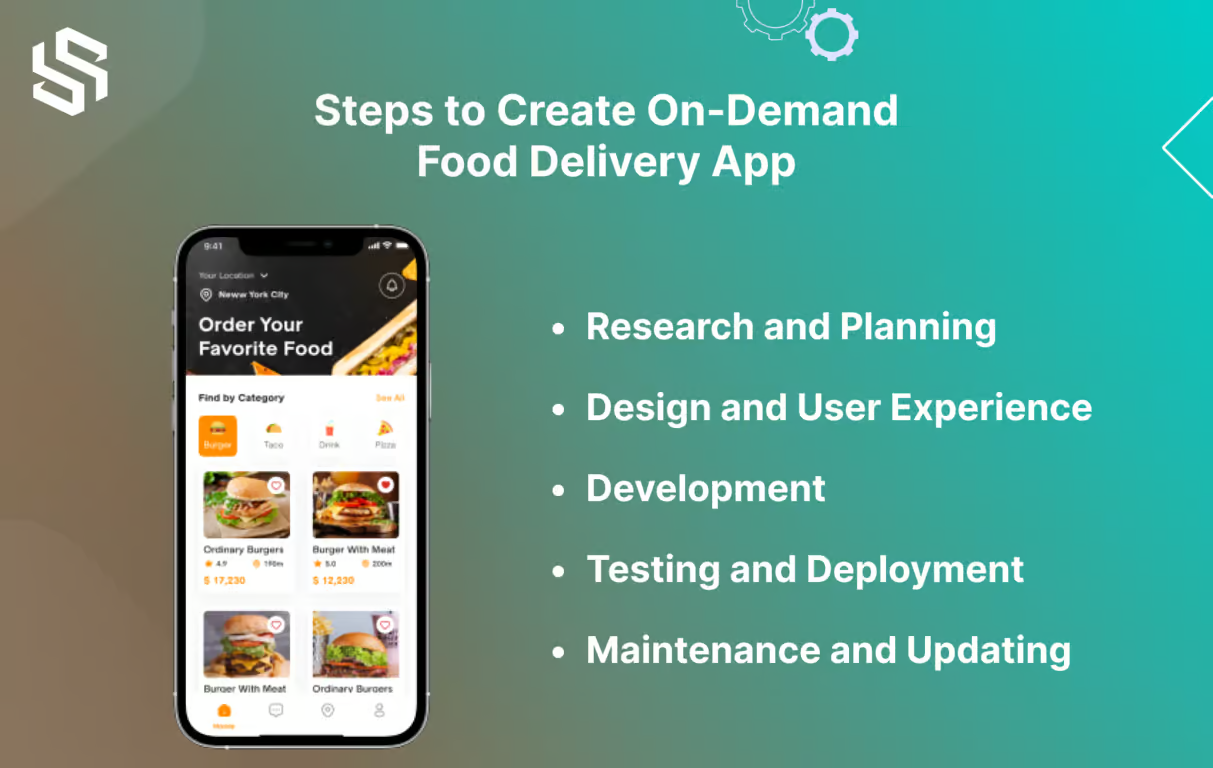
1.Research and Planning
Identifying the target audience
Firstly you need to identify your target audience for your food delivery app. Acknowledge their preferences first and then move forward. This will help you know what they are actually looking for. Invest in research plan for food ordering app and evaluating the characteristics, needs, and preferences.
This knowledge will furthermore help you in keeping your user’s preference first and customize the app accordingly.
Understanding the market and competition
Accordingly, examine the market and the competition for the food delivery business. Examine the features available in your Competitor’s App. Check out all the market trends, food delivery app requirements, and make your app stand out from everyone.
Our Experts are here to guide you!
Defining the app's features and functionalities
Once you are done analyzing your target audience and market, define the features and functionalities of your app. You can start from the basic functionalities that a food delivery app should have and then move forward to the more advanced features.
Creating a project plan and budge
Finally, you can now create your project plan and fix the budget based on the features and the functionalities. This will ensure you stay on track and have all the necessary resources to complete the project.
2.Design and User Experience
Enterprise Application Integration (EAI) connects disparate enterprise applications and systems to enable seamless data and information flow. Several models of EAI are commonly used:
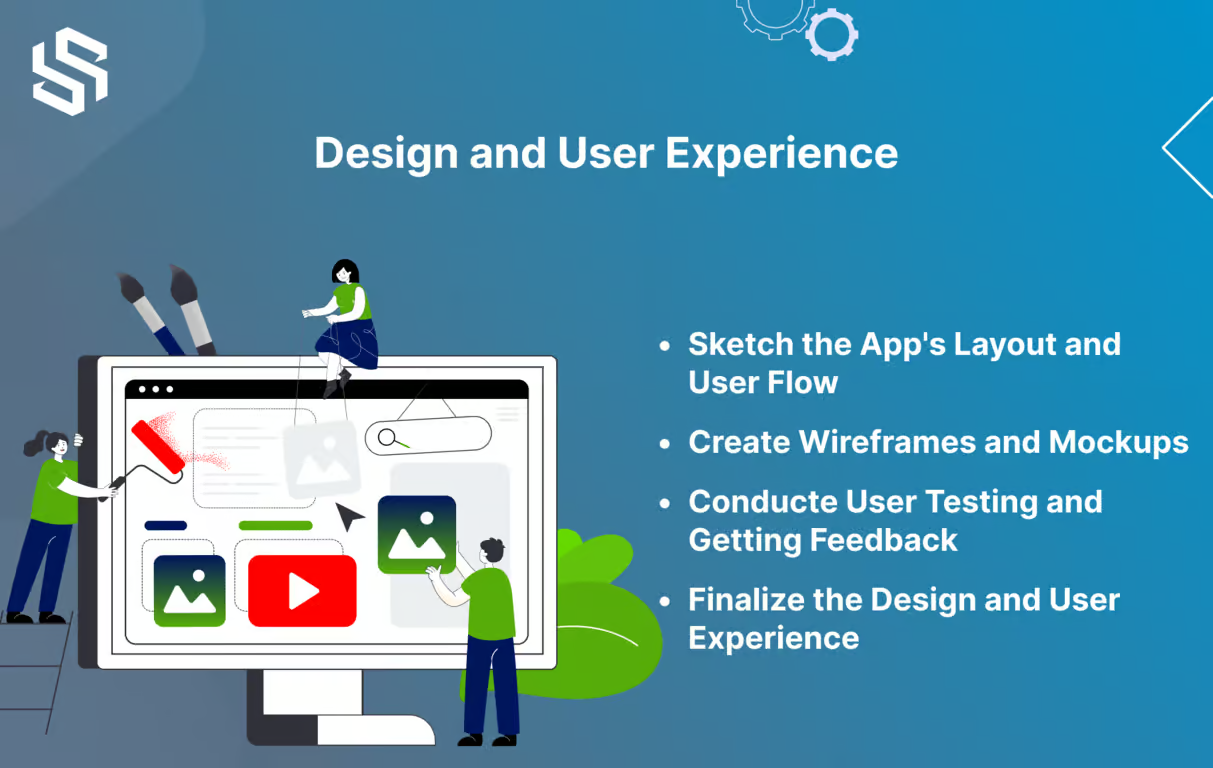
Sketching the app's layout and user flow
It’s time to get creative! You’re now ready to design a food delivery app and user flow of your App’s layout. Make sure to include all sections so you don’t miss out on anything important. With your creative juices flowing, you can create a layout that is both functional and aesthetically pleasing. Have fun and happy designing!
Creating wireframes and mockups
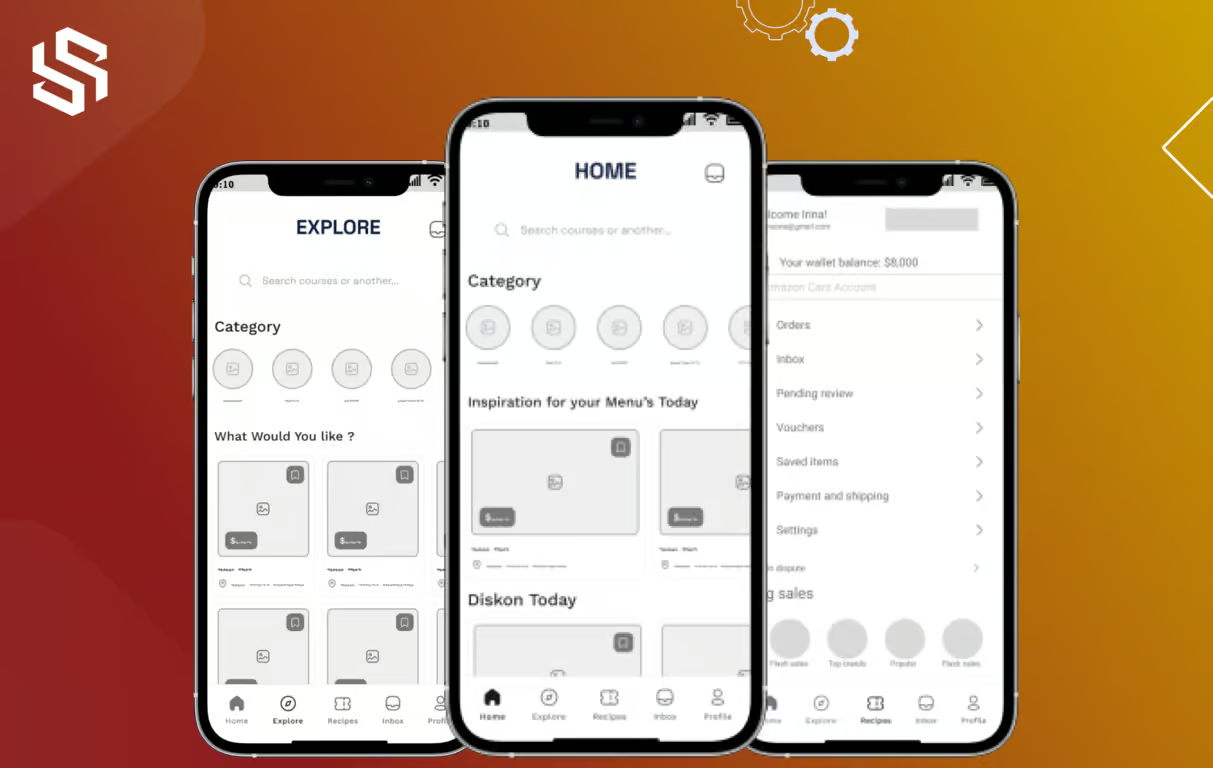
Once you have a clear idea of the layout and user flow, it’s time to create wireframes and mockups of the app. This will help you visualize how the app will look and function in practice, giving you a better sense of the user experience.
Conducting user testing and getting feedback
Before launching your design, it’s essential to conduct user testing and collect feedback from users. This will help you identify potential usability issues and make any necessary improvements to ensure your design is successful. By taking the time to do this, you can ensure your design is optimized for users, making it more effective and enjoyable.
Finalizing the design and user experience
With user feedback gathered and analyzed, it’s time to finalize the design and user experience of your app. Start by creating high-fidelity mockups that accurately reflect the app’s branding and visual style. Then, use the feedback to refine the design and ensure that the app meets the user’s expectations. Finally, test the app extensively to ensure a flawless user experience.
3.Development
Choosing the right technology stack
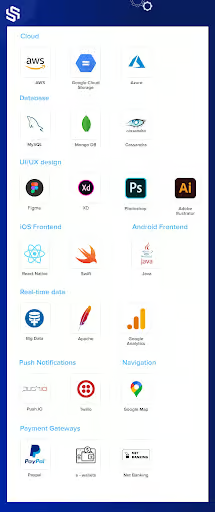
Setting up the development environment
Building the app's backend and database
Once your development environment is set up, it’s time to begin building the backend and database for your app. This includes creating the necessary APIs, configuring them, and integrating them with any third-party services your app needs.
Take the time to ensure that all APIs are secure and work correctly and that all data is correctly shared and stored. Having a solid backend infrastructure will ensure that your app runs smoothly and securely.
Developing the app's front end and integrating it with the backend
Implementing security and payment features
Moreover, during the app development process, it is crucial to secure all sensitive data with encryption and implement a trustworthy payment gateway. This step is imperative in safeguarding your users’ information and guaranteeing secure payment processing.
Additionally, while developing your app, it is essential to consider security and payment features to guarantee its safety and reliability for users.
4.Testing and Deployment
Conducting various types of testing
Before deploying your app, it is essential to conduct thorough testing to ensure it is functioning correctly and efficiently. This includes unit testing, which examines individual components of the app, functional testing, which assesses the app’s overall usability and functionality, and performance testing, which evaluates the app’s capability under different loads and conditions.
Furthermore, by conducting all of these tests, you can guarantee the robustness of your app and confidently proceed with its deployment.
Fixing any bugs or issues that are found
It’s important to ensure a smooth user experience and to avoid any potential crashes or errors. If any bugs or issues are found during testing, they should be fixed immediately, followed by a thorough retest of the app to ensure that it passes all tests.
This will help to guarantee a successful launch for the app and a great user experience.
Deploying the app to the appropriate app stores or servers
Once ready for launch, deploy the app to the relevant app stores or servers. For mobile apps, this includes submitting the app to the Google Play Store or Apple App Store.
Furthermore, deploying web apps requires one to be meticulous in adhering to the submission guidelines for each store or server. This is crucial in securing rapid approval and making the app immediately accessible for downloading.
5.Maintenance and Updating
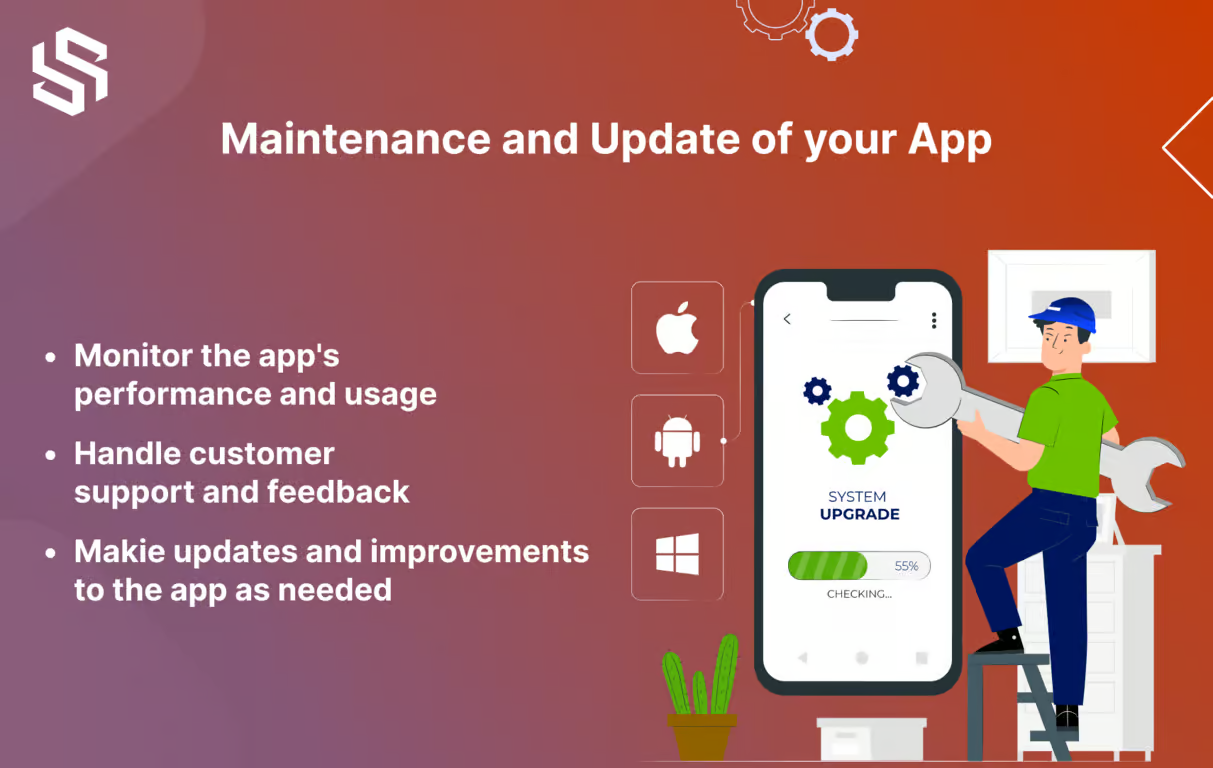
Monitoring the app's performance and usage
Additionally, after launching the app, monitoring its performance and usage becomes crucial. It is important to track key metrics such as user engagement, retention, and revenue. Utilizing this data helps in identifying areas that require improvement.
By doing so, you will gain an understanding of how the app is performing and what modifications may need to be made to guarantee its continued success.
Handling customer support and feedback
As a real-user-driven app, customer support and feedback is essential in order to ensure a positive user experience. It is important to be proactive in addressing any issues or concerns users may have, as well as incorporating user feedback into future updates and improvements.
Doing so will ensure that our app continues to provide a great user experience and continues to grow and improve.
Making updates and improvements to the app as needed
By continuously monitoring user feedback and implementing necessary updates and improvements, we can keep our app up-to-date and ensure an optimal user experience. This includes fixing any existing bugs, adding new features, and optimizing our user experience.
Doing so will not only help retain current customers but also attract new ones. Keeping our app up-to-date and improving the user experience is essential for our success.
Conclusion
This guide provides a comprehensive step-by-step process for creating a successful and user-friendly food delivery app. From research and planning to testing and deployment, we cover everything you need to know to create a successful app that meets the needs of your target audience.
With this guide, you’ll be able to easily create a food delivery app that is tailored to your users’ needs, is robust and easy to use, and is always up-to-date with the latest features and updates. You can even approach a renowned mobile development agency like Syndell to get our expert advice and start your app development journey with us.
FAQs
You can use various platforms such as iOS, Android, and the web to create a food delivery app. You canhire developers to develop it for the required platforms.
The cost of creating a food delivery app can vary depending on the features, complexity, and design of the app. It can range from $10,000 to $50,000 or more.
The time it takes to create a food delivery app can vary depending on the complexity of the app. It can take anywhere from a few months to a year or more.
The essential features of a food delivery app include:
- A restaurant menu
- A ordering and payment system
- A GPS-based delivery tracking system
- User profiles and order history
- Push notifications for order updates
There are several ways to monetize a food delivery app, including:
- Charging a commission on orders
- Offering in-app advertisements
- Providing premium features for a fee
- Partnering with restaurants to offer exclusive deals and promotions.


